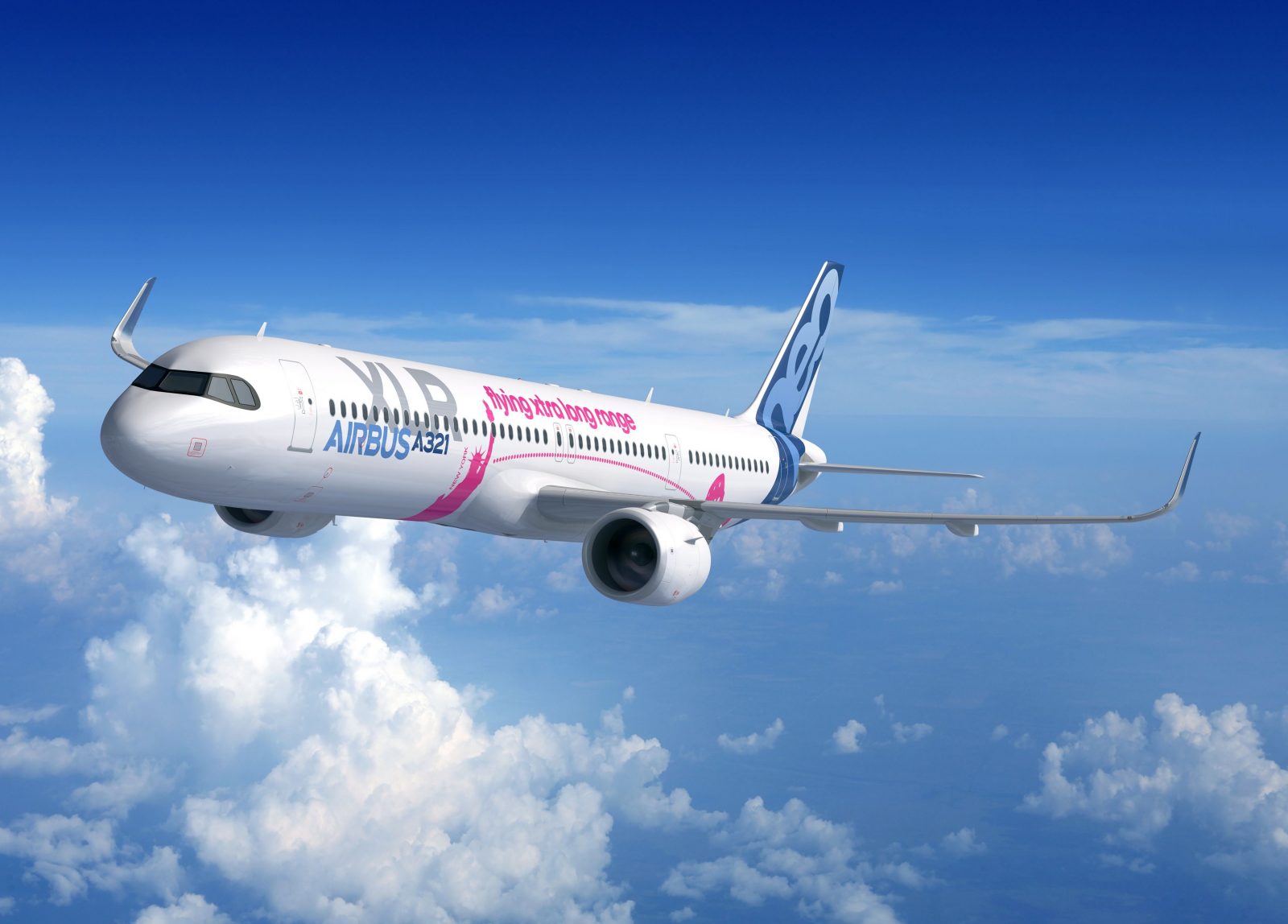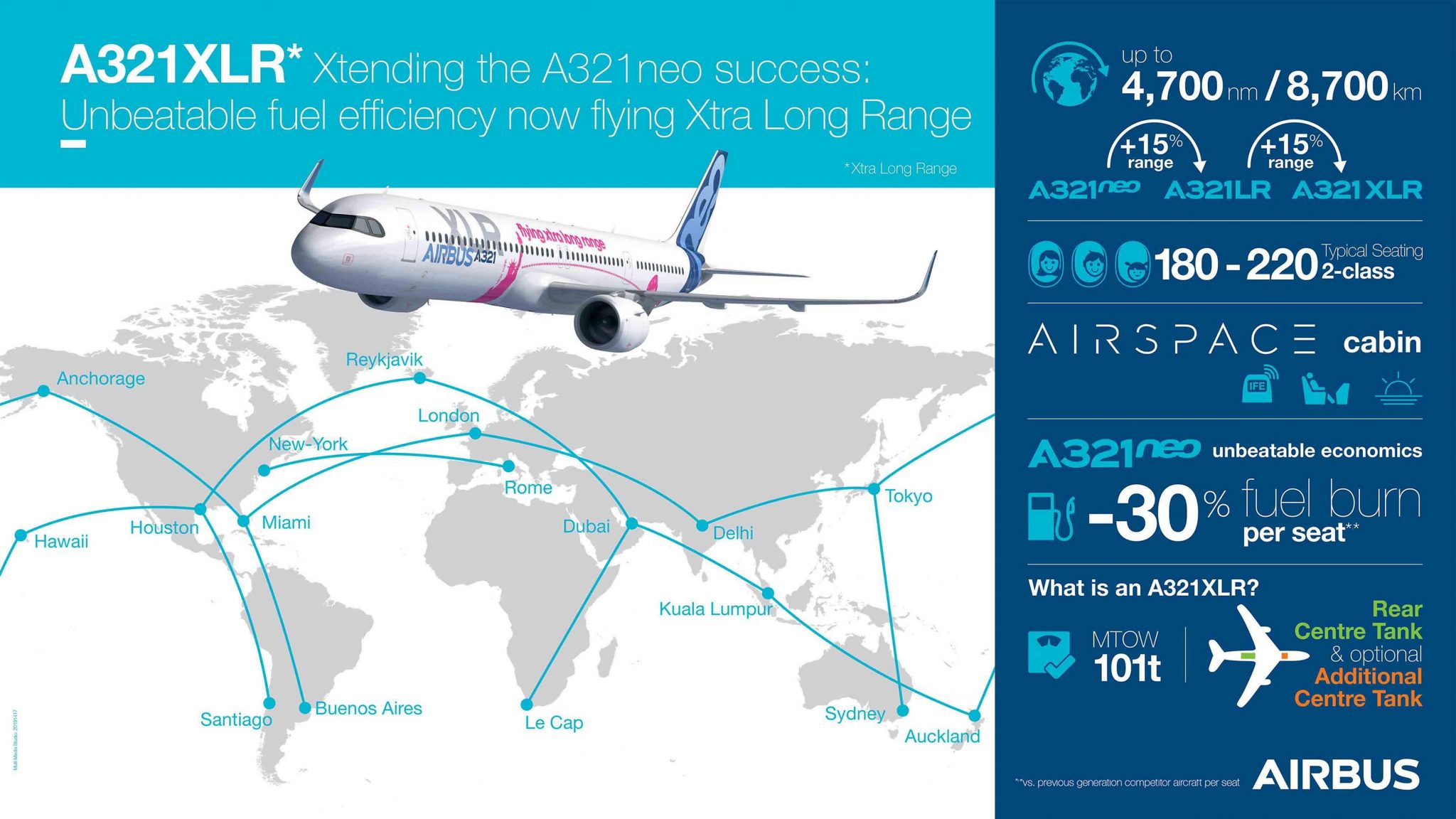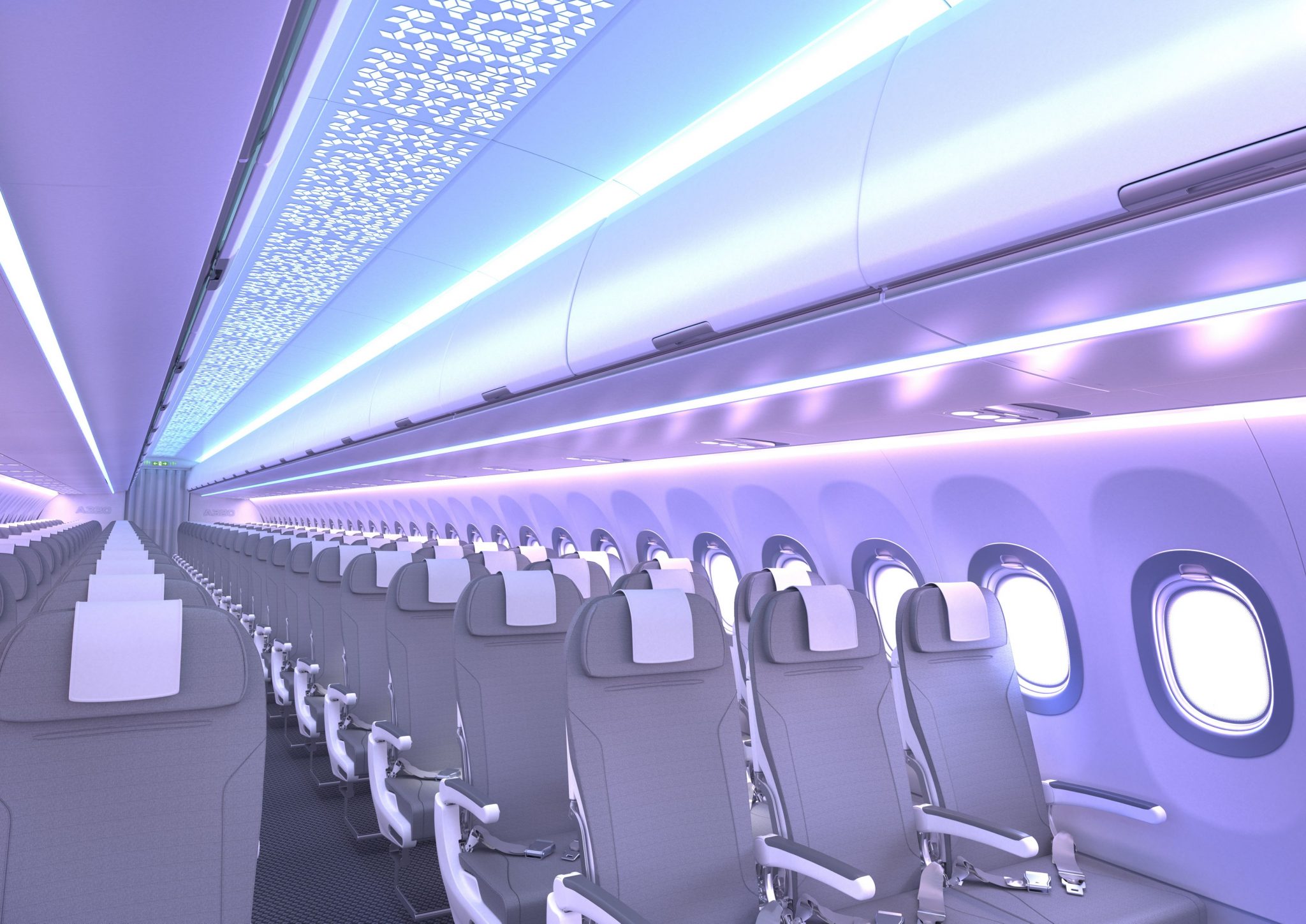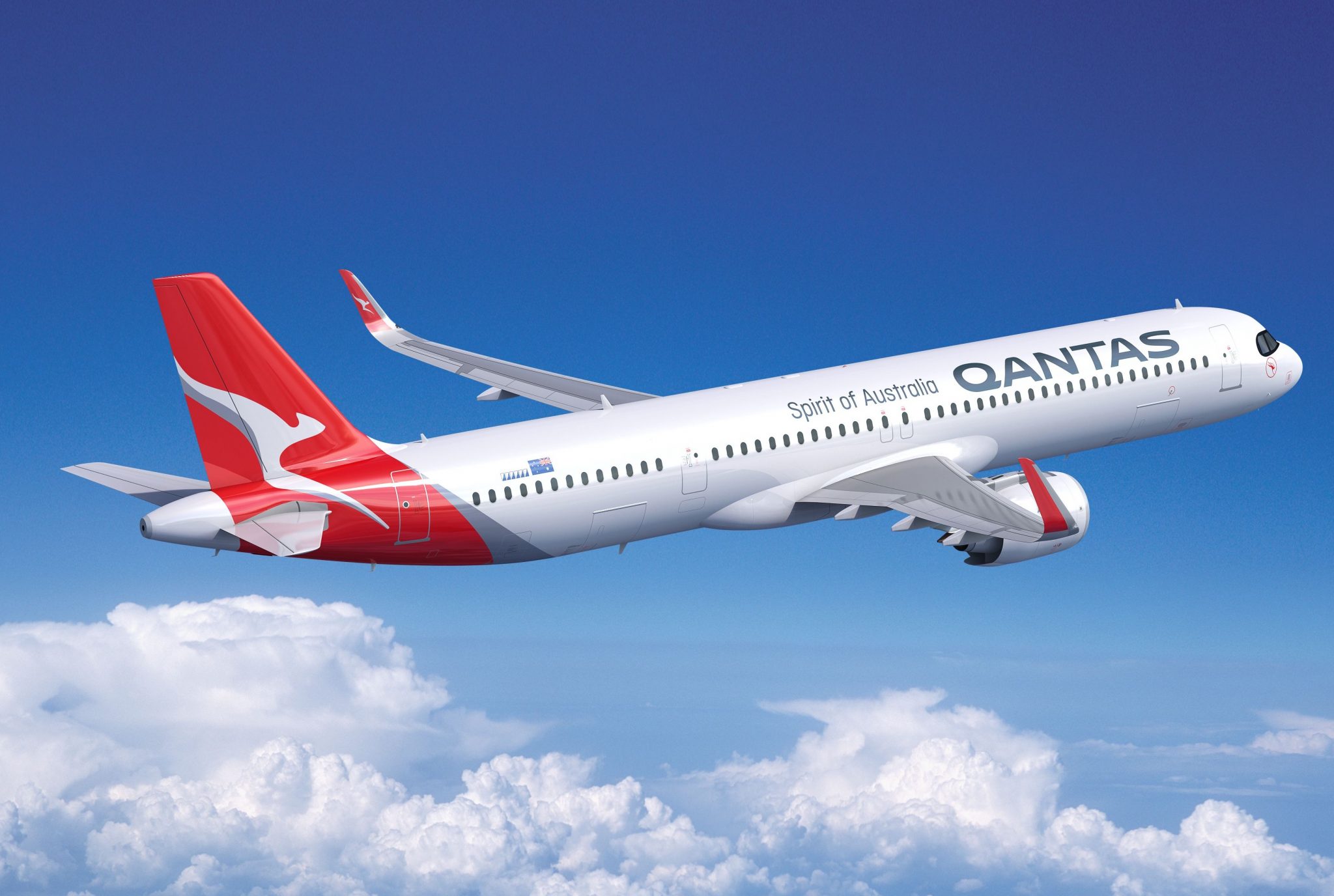
The big news from this weeks Paris Air Show in Le Bourget (apart from IAG’s surprising letter of intent to purchase up to 200 Boeing 737MAX aircraft) has been the launch of the Airbus A321XLR – A single-aisle aircraft that can fly up to 8,700km and which Airbus says was developed following “very positive feedback from the market” that would address industry needs for even more range.
And boy has the market responded positively to Airbus’ latest variant of the A321 – an aircraft that was once only considered as a short and medium-haul jet. Launch customers include Middle East Airlines and Air Lease Corporation. A slew of other big-name airline brands have also thrown their weight behind the A321XLR, with orders coming from IAG (destined for Aer Lingus and Iberia), Cebu Pacific, Wizz Air, Frontier and Qantas.
Both American Airlines and jetBlue are also said to be seriously considering ordering the longer range jet – capable of flying 700 nautical miles more than A321LR.

In a single-class layout, the A321XLR will be able to seat 244 passengers – that’s two more passengers than the dual-aisle Boeing 787-8 Dreamliner. But while the Dreamliner benefits from a jet-lag busting cabin altitude of 6,000 feet, the A321XLR will be pressurised to around 8,000 feet – that’s fine for shorter flights but is most definitely a step backwards if this is meant to be the future of long-haul air travel.
And the negatives don’t stop there – As a flight attendant, this plane sends a shudder down my spine.
Mood lighting won’t hide the fact that there’s less space
While the Airbus A380 has undoubtedly turned into a commercial flop, you can’t hide the fact that passengers love this plane – they love it because it feels roomy and airy. The wide cabins and tall ceilings give an unparalleled feeling of space and comfort. There’s space to move and airlines were able to experiment with innovative cabin configurations – the iconic Emirates shower spa is perhaps the most famous.
The A321 is, without doubt, another step backwards. No matter how Airbus tries to sell this one, the cabin will feel smaller, more cramped and for some, perhaps even claustrophobic. The Airbus ‘Airspace’ cabin with fancy mood lighting might go some way to alleviate these issues, so too will ergonomic seats but remember, the actual configuration is up to the airlines and the buzz word is “densification”.

There won’t be anywhere to move or stretch your legs and expect queues for the toilet to stretch down the length of the cabin. The Airbus A320-family might be wider than rival Boeing’s 737 but it will still be more cramped than dual-aisle alternatives like the A350. On a short flight, that might not be anything to worry about but the A321XLR is capable of flights of around 10-hours.
In a two-class configuration, Airbus is hoping airlines will install full-flat seats. The aircraft manufacturer says they’ll offer the same level of comfort as on long-haul aircraft but the simple fact is that many will be narrower than their dual-aisle counterparts.
The same number of passengers, less cabin crew
The A321XLR will be able to operate with between 5-6 members of cabin crew. That’s perfectly legal but it’s a big downgrade from what you might expect on a dual-aisle aircraft. The Boeing 787-8, for example, will typically operate with a minimum crew of eight – many airlines have more than that minimum crew number so expect the level of service to fall.

This will be a much cheaper aircraft for airlines to operate in a number of ways – not only in crew costs but also fuel costs (Airbus estimates savings of up to 30% compared to previous-generation competitor aircraft). Whether those savings get passed onto passengers in cheaper airfares and more onboard perks remain to be seen… I for one am sceptical that will happen.
Less comfort for flight attendants
A happy flight attendant makes for a happy passenger – but the A321XLR is unlikely to be crew friendly. There’s no in-flight rest area so instead, airlines might block off a few seats so that cabin crew can have a short rest on long-haul missions. Again, it’s perfectly legal but far from ideal and hardly a comfortable or enjoyable ride for cabin crew.
Is it really better for the environment?
The reduced fuel burn is impressive but Airbus is marketing the A321XLR as an airline that can open up new city pairings on “less heavily travelled routes”. Essentially, Airbus is suggesting putting more planes in the air – the net increase in emissions may well exceed the reduction in fuel burn per flight.
The A321XLR is hardly the answer to air pollution that many environmentalists are looking for.
The potential benefits
That all being said, there are potential benefits of the A321XLR. For one, this will be a popular jet with low-cost airlines so we could see increased competition on long-haul flights and in return lower airfares. Passengers may also be able to fly more direct routes, meaning shorter travel times.
Whatever the benefits, though, this isn’t a plane I would want to work on.
Mateusz Maszczynski honed his skills as an international flight attendant at the most prominent airline in the Middle East and has been flying ever since... most recently for a well known European airline. Matt is passionate about the aviation industry and has become an expert in passenger experience and human-centric stories. Always keeping an ear close to the ground, Matt's industry insights, analysis and news coverage is frequently relied upon by some of the biggest names in journalism.







